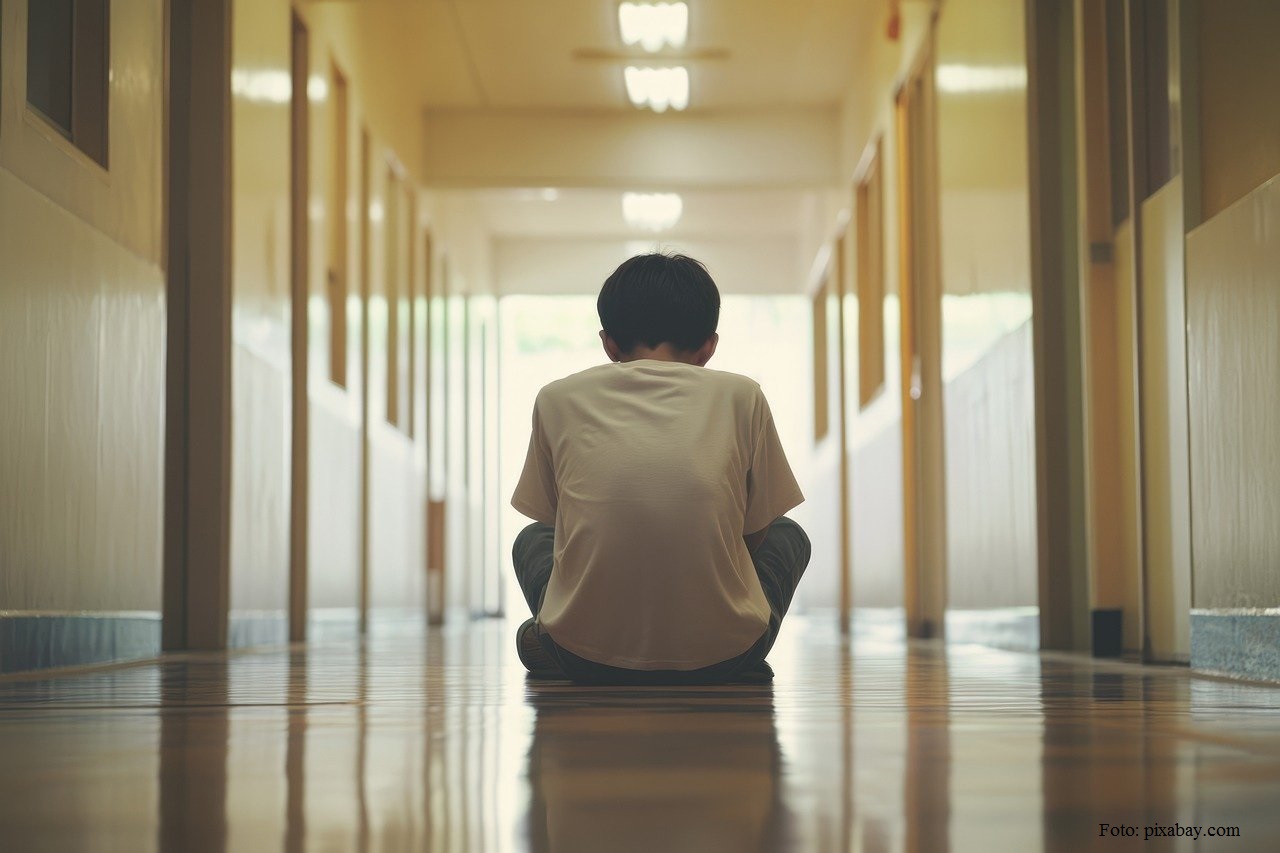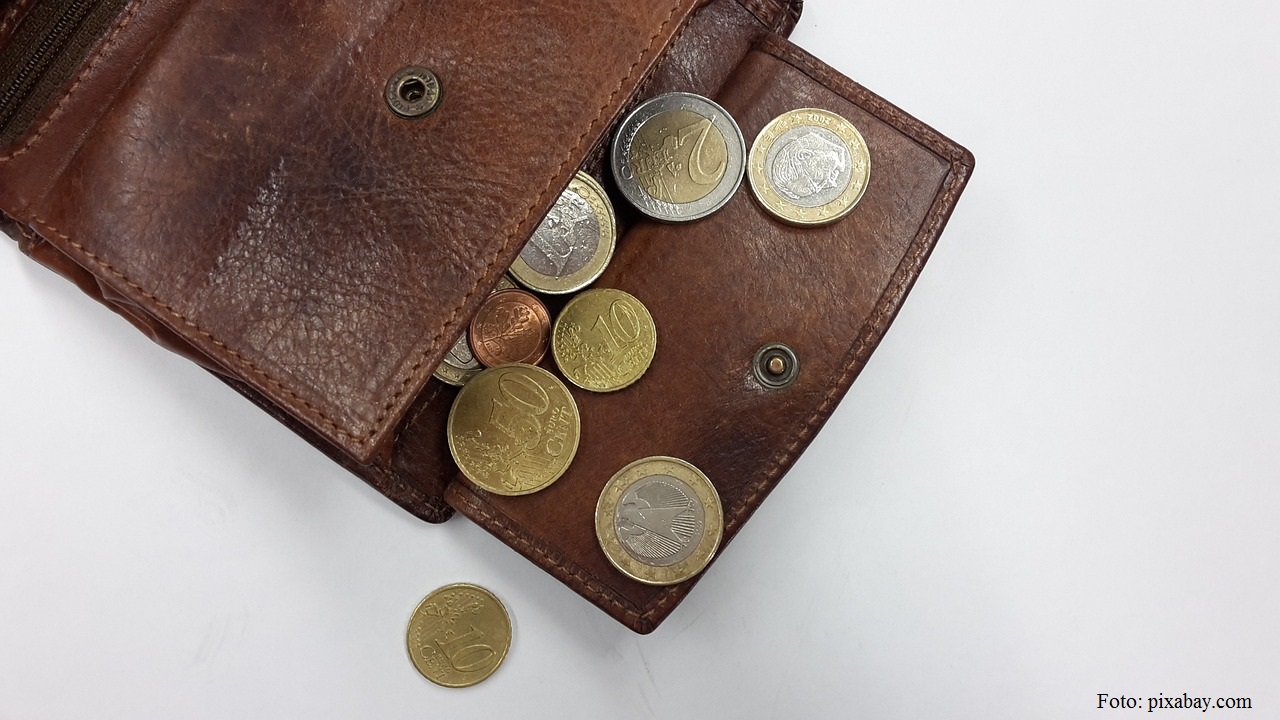Financial Education for the Very Young
What is money, how does it circulate in the economy, how do we make it, how do we spend it?

Christine Leșcu, 27.01.2021, 14:00
What is money, how does it circulate in the economy, how do we make it, how do we spend it? All these questions appear usually towards the end of youth and the beginning of maturity. However, in the last few years educators, be they parents or teachers, have started to familiarize children with economic notions, tailored to each child’s age. For instance, the Junior Achievement Romania organization runs over 15 financial programs and education courses that they provide free of charge to the teachers and schools interested in the topic.
The classes are optional, they don’t appear as compulsory in the curriculum, but they were introduced because there was a need for them, as explained by Loredana Poenaru, education director for Junior Achievement Romania:
“Financial education is needed at every age, because this type of education provides us with level headed thinking in the financial decisions we make. Which is why our programs deal with financial education from first grade up to the end of high school, even in higher education. It is important for the little ones to understand where their parents’ money are coming from, and what they can do with it, why it is important to save, and to delay gratification. And for teenagers and young people it is important to understand the difference between various financial services, the criteria they have to consider when deciding on purchases, and the mechanisms through which they can protect themselves financially in the future.
Newer generations of parents perceive this need too, because in the past, previous generations either refrained from talking to their children about these things, or did not know how to approach the issue. Here is Loredana Poenaru:
“We see more and more an opening on the part of parents to accept this optional curriculum. Children themselves become vectors of information, because they certainly go home with a certain enthusiasm, with certain information they attained, which they are willing to apply in their everyday life. As their age increases, the interest and range of topics also increases. For instance, lately we have seen increased interest on the part of young people towards the investment side, as a way to increase their revenues. This is a vast and complex domain that we are trying to cover by bringing in business professionals.
The courses are held in school as a result of a partnership between the Junior Achievement Romania organization and the Ministry of Education. Around 1,500 schools across the country are taking part in the program. Things get even more interesting when dry financial notions are explained to young ones through games or stories. This is what writer Cristina Andone attempted to do when she wrote the two volumes in the series called ‘Well-raised Money’. Before writing about money, Cristina Andone wrote composer biographies for children. For the financial series she used her creativity for writing about finances and banking. Here she is talking about it:
“I tried to write about money creatively, in a jocular way. These are not dry stories. I tried to keep far away from a didactic area, but I tried to also touch an area of wisdom. In these books I don’t talk about money as a value in itself, but as a means to shed light on certain values such as solidarity, generosity, and self-confidence. Money is travel vouchers towards our dreams. If we don’t know what the dream is, any financial decision we make will be useless, or will take an unjustified amount of effort. My books teach kids to be generous, careful, and responsible, but not in these words.
In various stories with animals, which hearken to traditional fairy tales or anecdotes, children get familiar with notions such as credit, interest, investment, and competition. In this fantasy game around money they find out what temperance is, solidarity through donations, supporting small businesses, and the need to hold back when you go shopping. At the same time, they find out that money can make our dreams come true, but that they cannot be a life ideal. Here is writer Cristina Andone:
“I thought of a survival kit for the financial world, some elementary issues of orientation. I didn’t write these books to turn kids into economists, bankers, or entrepreneurs. I wrote them for any kid who, no matter what their job will be, will have to think from an early age that every family has a budget, that money is not unlimited, and that it is better to think of a budget as a pizza cut into slices. If a child grasps early these principles, of setting money aside, of not buying things in excess, of only buying what makes us better, of donating to the needy, they will benefit society.
This is the reason why children should not be kept away or ‘protected’ from financial issues, Cristina Andone believes:
“I am a person of letters, with musical education, and for a long time I lived with the idea that, being an artist, it is OK to have no interest in financial matters. It is not OK! Because if you don’t deal with them, someone else has to. The idea that keeping away from money is noble is plain wrong. You have to deal with money in a temperate and transparent way, according to simple rules that you have to treat like hygiene rules.
In fact, rules referring to money are rules for adapting to life, as Cristina Andone and others who recommend financial education say.






























